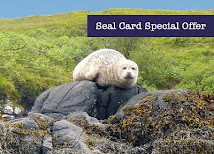 Chough
ChoughI never cease to be amazed at the influence of the Arthurian legends. Dozmary Pool plays a prominent role in the stories, so it was interesting to view this remote and evocative stretch of water on Bodmin Moor. Needless to say, there was no sign of Excalibur!
My poem resulting from this visit has just been published in Reach Poetry, issue 133, (Indigo Dreams Press, edited by Ronnie Goodyer and Dawn Bauling). In Cornish mythology the return of the Chough is said to herald the return of King Arthur.
Dozmary Pool was surprisingly hard to find; but geographically speaking, it is not far at all from another famous Cornish landmark, Jamaica Inn, where there is a small exhibition about the work of Daphne du Maurier.
My poem resulting from this visit has just been published in Reach Poetry, issue 133, (Indigo Dreams Press, edited by Ronnie Goodyer and Dawn Bauling). In Cornish mythology the return of the Chough is said to herald the return of King Arthur.
Dozmary Pool was surprisingly hard to find; but geographically speaking, it is not far at all from another famous Cornish landmark, Jamaica Inn, where there is a small exhibition about the work of Daphne du Maurier.
- Do you have a favourite Daphne du Maurier line? If so, why not share it here. The well known, well loved opening sentence of Rebecca does not count, apparently, for this purpose.












